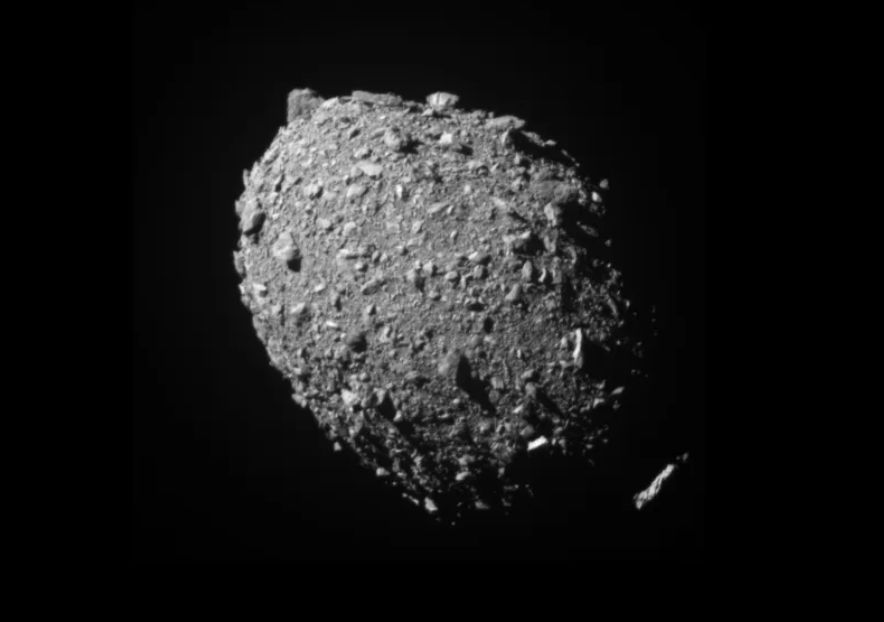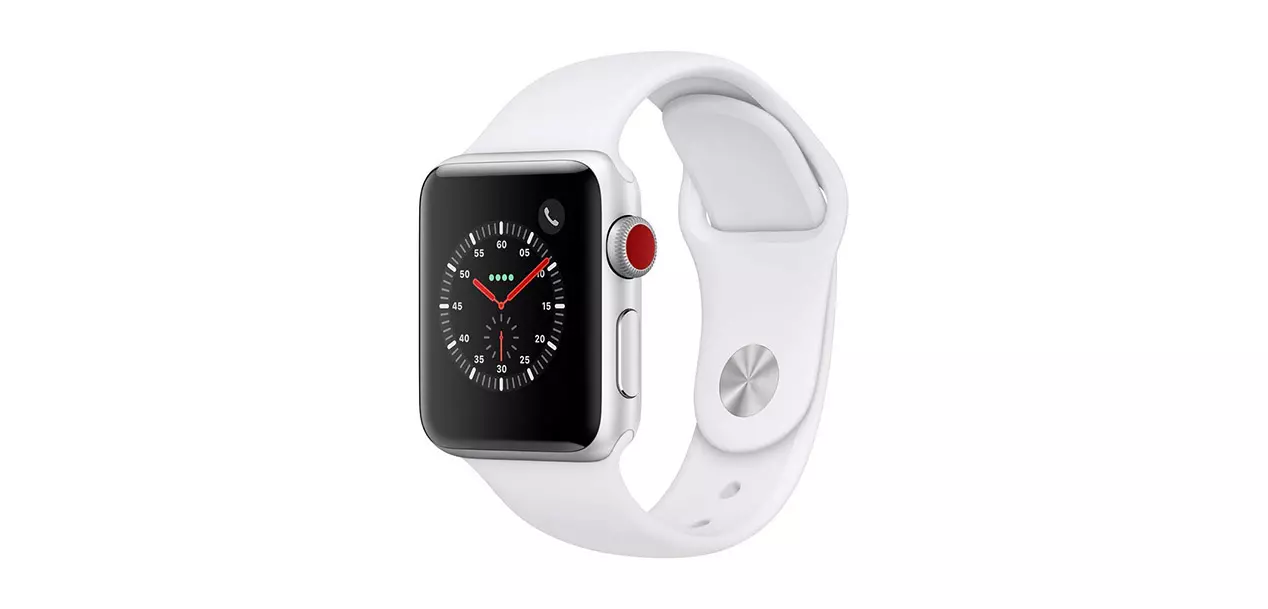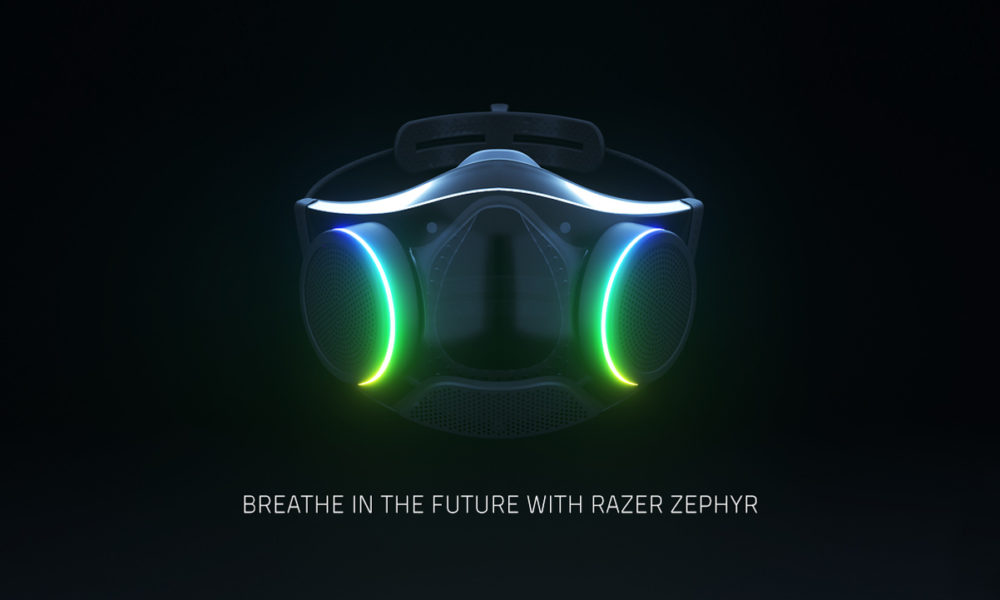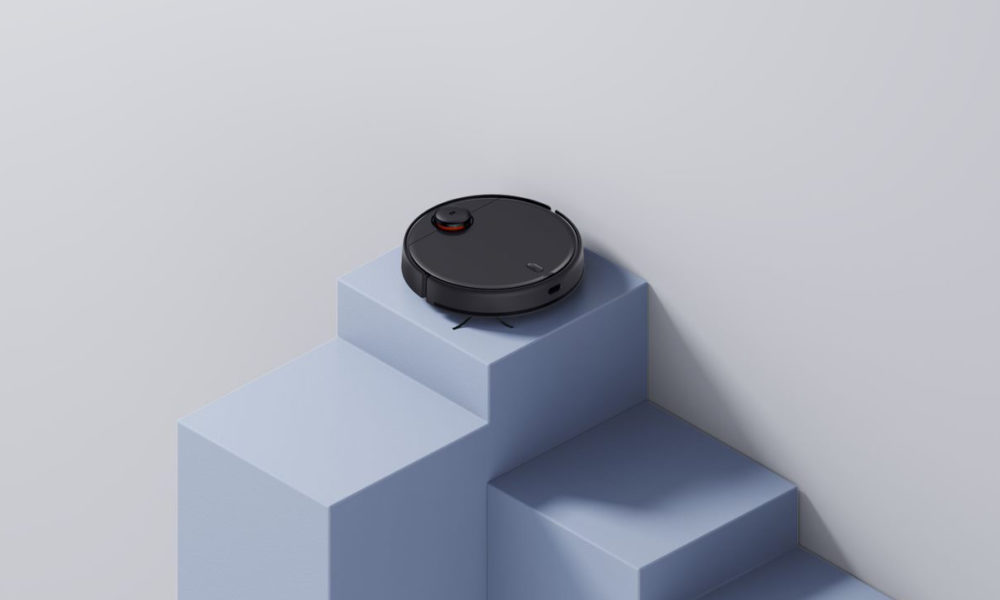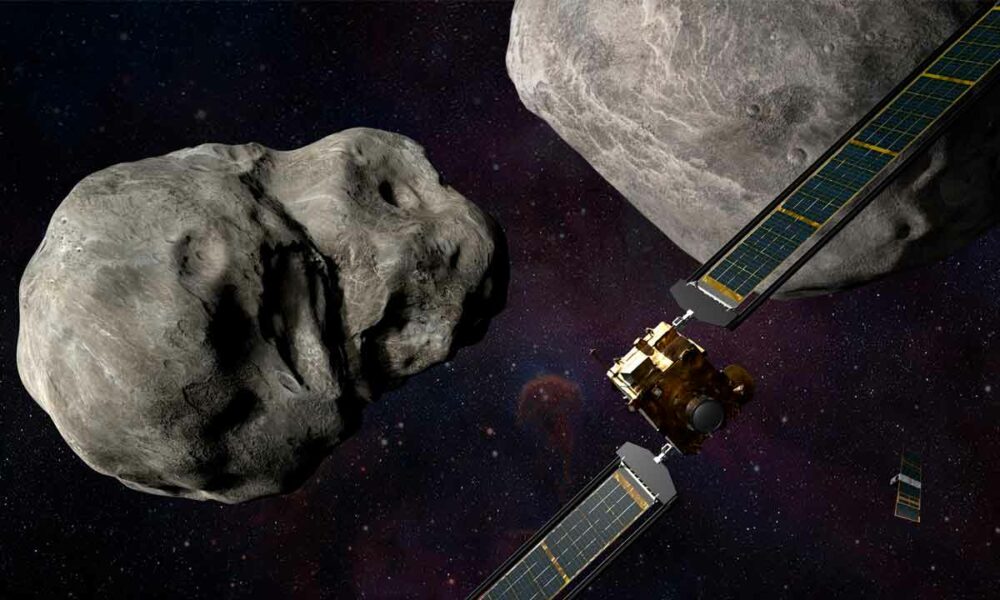
NASA has released data from the DART mission two weeks after it hit Dimorphos. The results conclude that the space mission was a complete success: the crash significantly changed the asteroid’s orbit to a greater degree than expected.
If humans had dominated the Earth and had current technology in the late Cretaceous period, they might have had a chance to counteract the asteroid crash that hit Earth near the Yucatan Peninsula and prevent the ensuing mass extinction, dinosaurs included.
That is the goal of DART (Double Asteroid Redirection Test), a ‘kamikaze’ spacecraft that acts as a kinetic ‘impactor’ to redirect the trajectory of asteroids (or comets) on a collision course with the Earth, which due to their size could cause significant damage, even another extinction that ends with a good part of the species that populate it, humans among them.
DART altered the orbit of Dimorphos
NASA has studied crash data over the past few weeks concluding that the spacecraft’s kinetic impact against its target, Dimorphos, successfully altered the asteroid’s orbit. is the first time in history that humans managed to deliberately change the displacement of a celestial object and it is also the first large-scale demonstration of asteroid deflection technology.
To determine the success of the mission, since the intentional collision on September 26, astronomers have been using telescopes to observe its trajectory and data from LICIACube, a briefcase-sized spacecraft developed by the Italian Space Agency that separated from DART 15 days before impact and did its own flyby, taking images a few minutes after the collision.
Before the DART impact, Dimorphos took 11 hours and 55 minutes to orbit its larger host asteroid Didymos. Now, the research team has confirmed that the spacecraft impact altered Dimorphos’s orbit around Didymos by 32 minutes, shortening the orbit from 11 hours and 55 minutes to 11 hours and 23 minutes. This measurement has a margin of error of approximately 2 minutes.
A complete success, higher than expected. Research will now focus on measuring the efficiency of transferring the momentum of the 14,000 mph DART collision with its target. This includes further analysis of the “ejection” of the tons of rock from the asteroid that were displaced and hurled into space by the impact.
Neither Dimorphos nor Didymos posed any danger to Earth, before or after the controlled DART collision, but the idea is to prepare for the future and avoid what has already happened on Earth and astronomers say may happen again. “All of us have a responsibility to protect our home planet. After all, it’s the only one we have.”NASA Administrator Bill Nelson said. “This is a watershed moment for planetary defense,” ensures.
